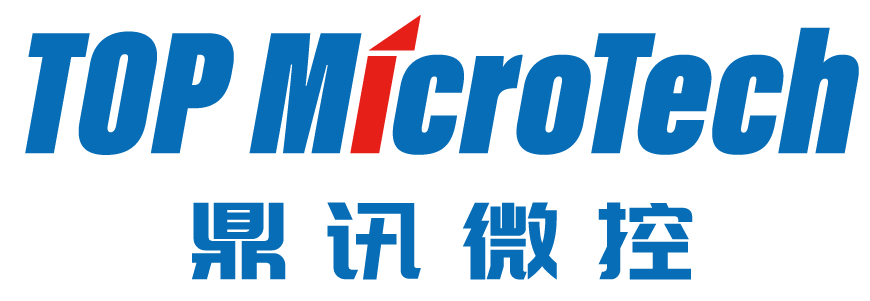As we all know, every industry is undergoing rapid advancements, and modern technology is needed to keep up with efficiency and productivity benchmarks. Industrial monitors are one of the many technologies which alongside modern automation stands at the forefront of industrial advancement. These unique displays not only endure extreme and harsh environments but also offer critical data visualization to further enhance industrial automation. This blog explores the various ways industrial monitors contribute to improved automation processes across different industries.
Industrial Monitors: Crucial Equipment for Efficient Data Visualization
In the modern world industrial monitors serve as the primary data interface for operators to complex machinery and equipment. By offering real-time data visualization, industrial monitors empower operators to make prompt, informed decisions. Industrial monitors with clarity and durability not only assist in the viewing of critical information, but also industrial visibility helps to avert information blockages in factory and warehouse environments. This ability helps to reduce downtime and improve productivity as industrial operators are able to troubleshoot and fix problems as they come.
Improving Productivity with Touchscreen Technology
The integration of touchscreen interface is perhaps one of the most notable innovations in industrial monitors. Touchscreen industrial monitors facilitate the digital interaction through touch, simplifying the processes for the operators. The intuitive nature of these systems greatly decreases the amount of time required for training, which in turn improves workforce efficiency. In addition, the ability to touch commands to process them enables faster aid to be rendered, which improves efficiency in operations.
Durability in Extreme Operating Conditions
Unlike other monitors, industrial monitors are purpose-built to withstand extreme conditions, such as temperature, vibrations, dust, and water. In addition to being highly dust and water proofed, and operating at extreme brightness levels, these industrial monitors are able to withstand extreme temperatures. The long lasting nature of these monitors not only decreases the amount of maintenance that they require over time, but also improves equipment durability, which in turn sharply decreases maintenance expenses. By safeguarding critical information, industrial monitors greatly enable safe processes to be conducted during operations.
Modern Integration with Automation Systems
Today's industrial monitors are more important than ever as they are now part of industrial automation systems. They can now communicate with different software and hardware components for advanced monitoring and controlling of industrial workflows. Such integration ensures efficient collection and analysis of data that is helpful in fine-tuning production lines and improving systems. Even as industries embrace smart manufacturing technologies, industrial monitors continue to play a major role in the transition.
Upcoming Developments in Industrial Monitors and Automation
With the continuous development of technologies, industrial monitors will surely experience advanced features. The automation of industries will possibly be enhanced by the growth of relations with IoT and the integration of AI. Such changes will improve the capability for predictive maintenance, enabling maintenance to be undertaken before any problems are detected. Also, the general tendency of remote monitoring and control will require these monitors to advanced industrial display solutions.
To sum up, you can increase productivity and efficiency in industrial automation with the right industrial monitors. This is possible because of their features such as real-time data visualization, automation integration, and the ability to withstand harsh factory environments. Innovations in automation will drive the industrial monitor market, accelerating the evolution of industrial operations in the future.


